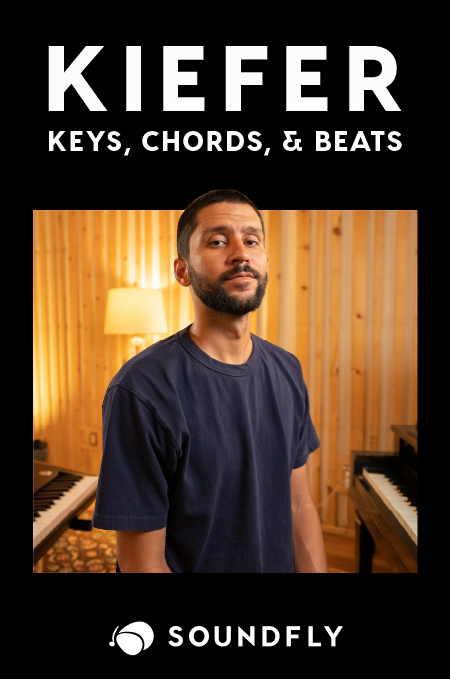+ Harness your inner groove and your outer authenticity with drummer, producer, and artist The Pocket Queen. Check out her course on Soundfly.
A producer’s main challenge is to constantly create fresh material. No matter whether you’re a seasoned pro or an inspired upstart, at some point in your journey you’re likely to encounter what we sometimes refer to as “beat block.” Either that or you end up feeling like you’re reproducing the same beats over and over again.
Even with a library of thousands of samples, most producers tend to select sounds from a handful of sample packs, plugins, and loops with which they are familiar and comfortable working. If you’ve nestled into a particular workflow, it can be especially challenging to explore new territory.
If you can relate to the feeling of being in a repetitive cycle of making similar sounding beats every dang time, then this one’s for you. Here are some ideas that might help you break out of your routine.
And by the way, if you’re interested to learn more about how to harness the intersections between jazz, improvisation, and modern music like hip-hop in your own music, you’re going to love Soundfly’s online course with jazz pianist and beat producer, Kiefer: Keys, Chords, & Beats.
1. Tailor Your Sound Selection
One of the easiest ways to make your beats sound more interesting is to find a new set of sounds for every single project. Yup, you read that right. This may sound like a complete and utter headache, but a lot of producers tend to use the same handful of drum packs and loops that have worked for them before — which is a great time-saver — however, it can make your tracks sound predictable and frankly, boring.
Using a drum sequencer like XO by XLN can take your beats to the next level by using their Space layout which organizes all of your drum sounds based on sound and timbre with colors as opposed to having to sift through folders. Also, you can program, add effect processing within the plugin, and then export the drums in several ways; stems, one-shots, loop, and MIDI to fit your workflow.
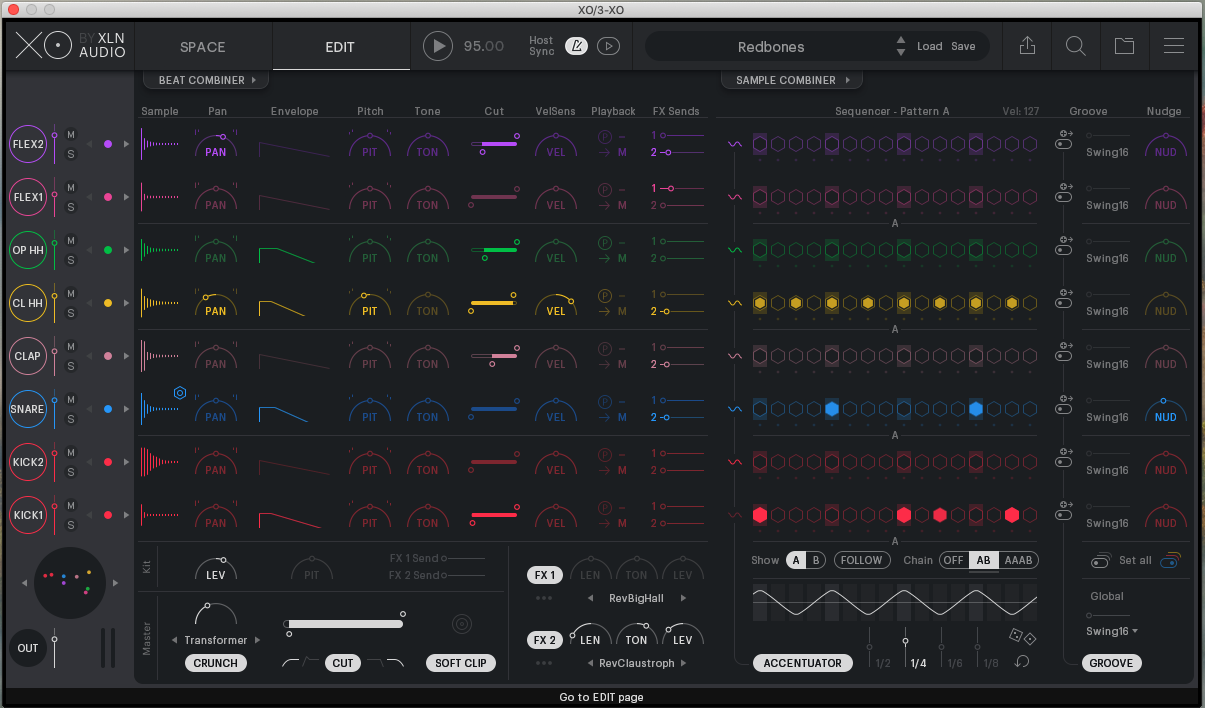
With XO you can finish your drum programming and sound design very quickly in a couple of steps, so you can focus on the next element of the track.
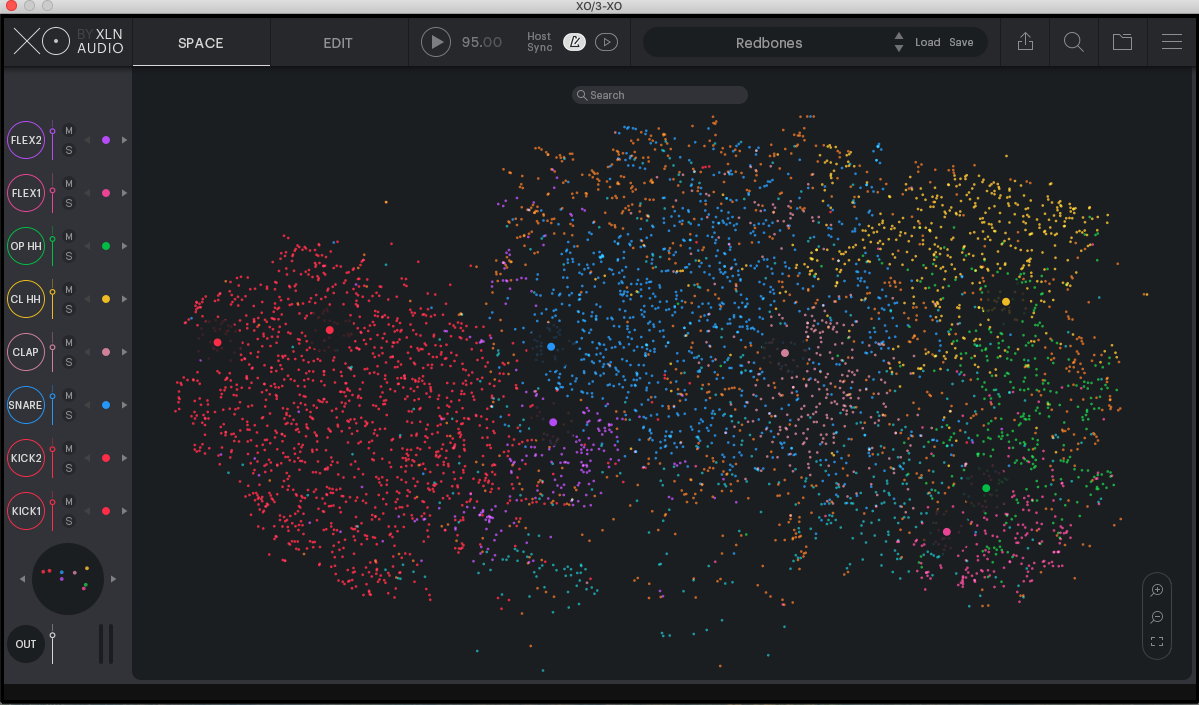
2. Change Your Starting Point
Another way to insert some life into your beats is to start with a different instrument or different type of sample each time you begin making a beat. For example, if you tend to start with drums, try to start with keys or a vocal sample. If you tend to start with a chord progression, you can try starting with a simple bass line and then you can begin to build up the chords and groove from there.
You can use this exercise to make the starting instrument function as the focal point of the track as well and then use the additional layers to provide support. Having the ability to control what the focal point of the track while producing will also help give you some insight for the importance of each element within the overall sound when it comes time to mix the track.
3. Focus on Sound Design
Once you’ve established the focal point of your track, it’s always good to spend some time working on sound design to give each element some character. My favorite tool to use for sound design is RC-20 by XLN. It’s a processor that includes, saturation, bit crushing, tape effects, and reverb. RC-20 is capable of creating effects that range from hi-fi and epic sounding to lo-fi and crunchy sounding.
Having an easy to use processor that can provide a myriad of different sounds can also be inspiring because you do not have to work extremely hard to get things to sound interesting. Some other sound design plugin tools that I recommend checking out include Valhalla Shimmer Reverb, Soundtoys EchoBoy delay and Audiothing Reels.
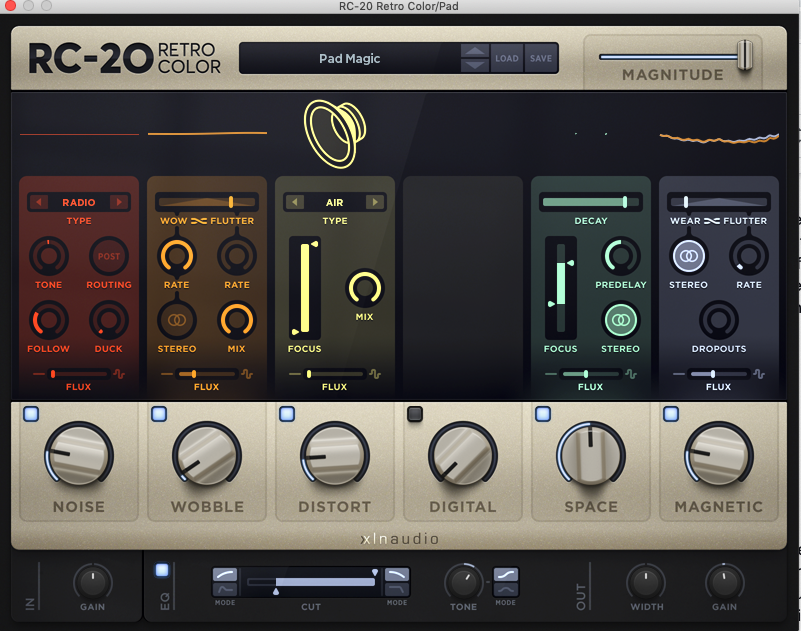
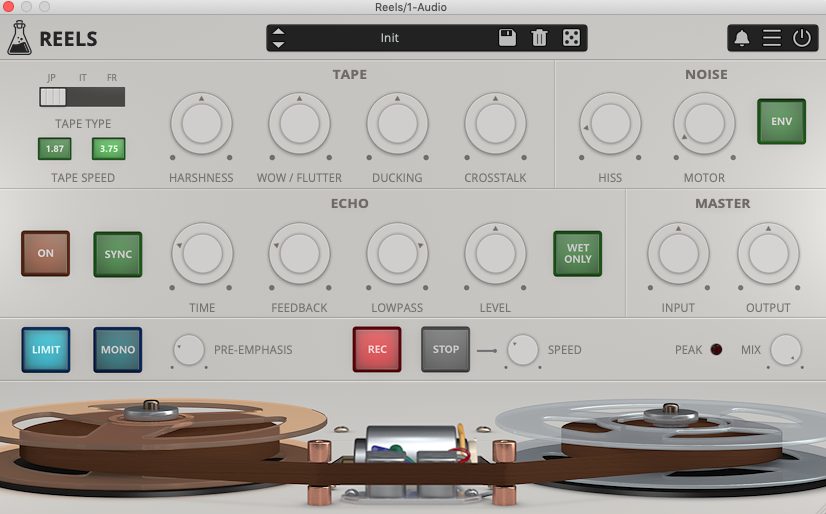
RC-20 on Drums (Unprocessed -> Processed)
This preset is adding grit via distortion to the drums and subtle bit crushing and filtering out high frequencies.
RC-20 Keys (Unprocessed -> Processed)
This preset is adding some noise, reverb, and some emulated tape pitch modulation.
4. Add Subtle Programming Variations
Adding subtle variations in your programming can also be an effective way to make your productions feel more human and unique. If you tend to use loops in your production workflow, it’s good to get in the habit of chopping, effecting, repitching, and rearranging the loops instead of just dropping them into your DAW unprocessed.
Simple Looped Elements vs. Subtle Varied and Processed Elements
5. Combine Acoustic and Digital Sounds
Using a combination of acoustic and digital sounds is a great way to come up with unique ideas. In my workflow, I tend to use acoustic percussion, programmed drums, analog synth for bass, and soft synths for polysynths and a few Casio keyboards. This combination helps me keep certain elements very human such as percussion and bass and other elements very refined and precisely such as the drums and keys.
If you’re working 100% in the box, using a combination of soft synths can make your productions sound more sophisticated. Some of my favorite synth and keyboard plugins include Spectrasonics Omnisphere and Keyscape, TAL-Togu U-No LX (Juno 60 emulation), Arturia Prophet V (Dave Smith Prophet emulation) and Datsounds OB-Xd (Oberheim emulation).
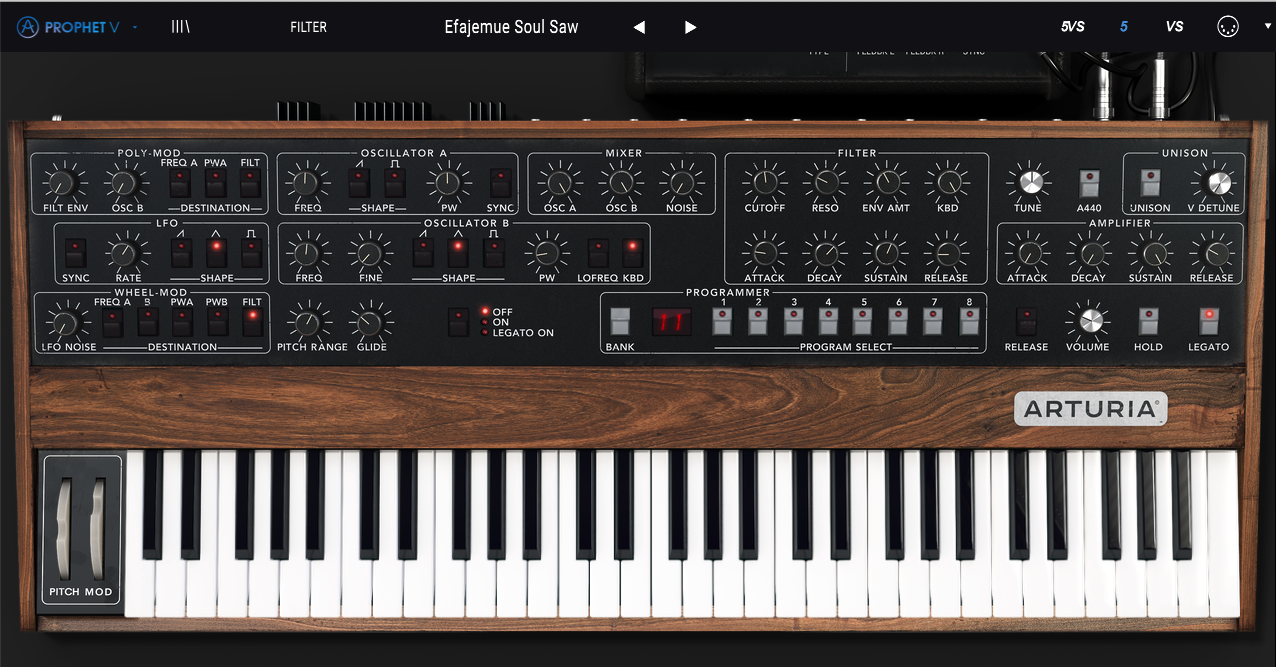
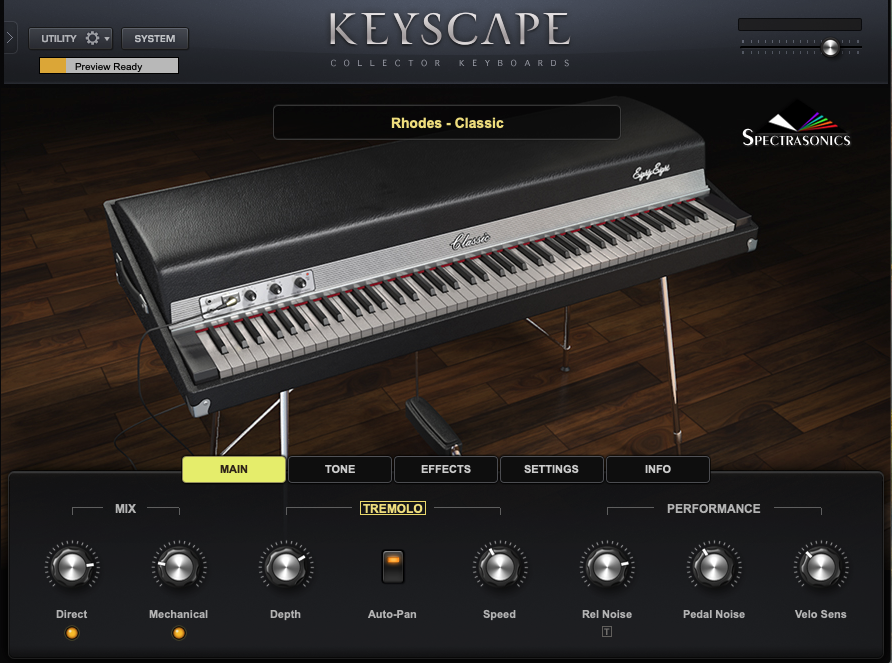
6. Grab a Reference Track for Inspiration
A reference track is a professionally mixed and mastered track that is used to help you compare your track to something already available in the real world that sounds good.
You can use a reference track to gain insight on sound design, mixing, arrangement, instrumentation, and overall vibe. It’s not uncommon to combine elements from different reference tracks as well. For example, imagine if you made a track with vintage acoustic drums like Childish Gambino, with heavy 808s like Drake, and some vaporwave synths like Tyler the Creator.
Combining reference track ideas ensures that you’ll always have something new to bring to the table.
7. Non-Quantized Percussion
Using non-quantized percussion top loops is something that I like to use to make my programmed drums feel more alive. The juxtaposition between programmed drums and human-sounding percussion can help improve the groove of the song and aid in establishing a unique vibe.
Check out these tracks by Kaytranada, Taylor McFerrin, and Knxwledge for some more insight into this production technique.
Knxwledge – “So [Rt]”
Taylor McFerrin – “The Antidote” (feat. Nai Palm)
Kaytranada – “Vivid Dreams”
8. Change Up Your Tempos
As a producer, it is important to experiment with using different tempos as each can affect the overall groove of a song very differently. It is also good to be aware of the standard tempos for hip-hop and its various sub-genres.
Hip-Hop: 80-110 BPM
- Rapsody – “Pay Up” (102 BPM)
- Kendrick Lamar – “Institutionalized” (81 BPM)
Trap: 130-150 BPM
- Beyoncé – “Drunk In Love” (140 BPM)
- Lil Nas X – “Old Town Road” (136 BPM)
Faster Trap
- Drake – “In My Feelings” (182 BPM)
- TI – “24s” (162 BPM)
9. Collaborate with Others
Collaborating with other producers is probably the easiest way to create fresh material. Whether it’s in person or remotely, collaboration always can inspire new ideas and techniques.
When organizing a collaboration, it’s always recommended to assign everyone a clear role that works within their strengths; have someone in charge of the top line, running the computer, programming drums, and someone playing keys or bass, etc.
Or you could always email ideas to each other and leave space for your collaborators to add elements or suggest arrangements without the pressure of being all together in the same space. It’s always good to be open in this kind of environment and make sure that you focus on making the best decision to help the song rather than getting things done your way.
10. Take Ideas from Different Angles
Listening to different genres and incorporating elements from each style into your music is a great way to always be inspired. Genres such as classical, EDM, gospel, rock, and jazz can all be inspiring and inform the way you tackle melody, harmony, rhythm and sound design.
Hopefully, these tips will help you look outside of your regular production routine to make some tracks that are inspiring to you and your listeners. Comment below if any of these tips were especially helpful to you.
Keep on Grooving…
Continue your learning with hundreds of lessons on songwriting, mixing, recording and production, composing, beat making, and more on Soundfly, with artist-led courses by Kimbra, Com Truise, Jlin, Kiefer, RJD2, and our new The Pocket Queen: Moving at Your Own Tempo.


